Nissan X-Trail vs Land Rover Range Rover Evoque – Which model is better for everyday use?
Two cars, one duel: Nissan X-Trail meets Land Rover Range Rover Evoque.
Which one wins in performance, efficiency and value for money? Find out now!
Costs and Efficiency:
Price and efficiency are key factors when choosing a car – and this is often where the real differences emerge.
Nissan X-Trail has a noticeable advantage in terms of price – it starts at 34000 £, while the Land Rover Range Rover Evoque costs 43300 £. That’s a price difference of around 9257 £.
Fuel consumption also shows a difference: Land Rover Range Rover Evoque manages with 3.70 L and is therefore clearly more efficient than the Nissan X-Trail with 5.70 L. The difference is about 2 L per 100 km.
Engine and Performance:
Power, torque and acceleration say a lot about how a car feels on the road. This is where you see which model delivers more driving dynamics.
When it comes to engine power, the Land Rover Range Rover Evoque has a distinct edge – offering 269 HP compared to 213 HP. That’s roughly 56 HP more horsepower.
In acceleration from 0 to 100 km/h, the Nissan X-Trail is hardly perceptible quicker – completing the sprint in 7 s, while the Land Rover Range Rover Evoque takes 7.20 s. That’s about 0.20 s faster.
In terms of top speed, the Land Rover Range Rover Evoque performs hardly perceptible better – reaching 213 km/h, while the Nissan X-Trail tops out at 200 km/h. The difference is around 13 km/h.
There’s also a difference in torque: Land Rover Range Rover Evoque pulls minimal stronger with 540 Nm compared to 525 Nm. That’s about 15 Nm difference.
Space and Everyday Use:
Cabin size, boot volume and payload all play a role in everyday practicality. Here, comfort and flexibility make the difference.
Seats: Nissan X-Trail offers clearly perceptible more seating capacity – 7 vs 5.
In curb weight, Nissan X-Trail is hardly perceptible lighter – 1668 kg compared to 1792 kg. The difference is around 124 kg.
In terms of boot space, the Nissan X-Trail offers somewhat more room – 585 L compared to 472 L. That’s a difference of about 113 L.
In maximum load capacity, the Nissan X-Trail performs to a small extent better – up to 1424 L, which is about 268 L more than the Land Rover Range Rover Evoque.
When it comes to payload, Land Rover Range Rover Evoque hardly perceptible takes the win – 600 kg compared to 574 kg. That’s a difference of about 26 kg.
Who comes out on top?
Overall, the Land Rover Range Rover Evoque shows itself to be is largely superior and secures the title of DriveDuel Champion.
It convinces with the more balanced overall package and proves to be the more versatile choice for everyday use.
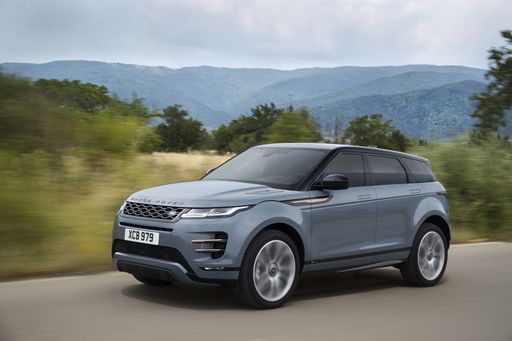
Land Rover Range Rover Evoque
Nissan X-Trail
The Nissan X-Trail stands out with its spacious interior and practical design, making it an ideal choice for families and adventure enthusiasts alike. Its sleek exterior styling is complemented by modern technology features that enhance both driving pleasure and safety. This versatile SUV offers a comfortable ride, whether navigating city streets or exploring off-road paths, ensuring you travel in style and comfort.
details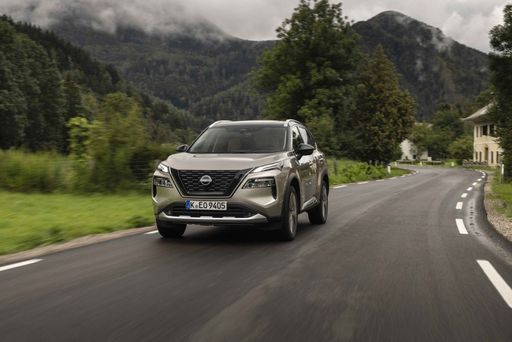 @ germany.nissannews.com
@ germany.nissannews.com
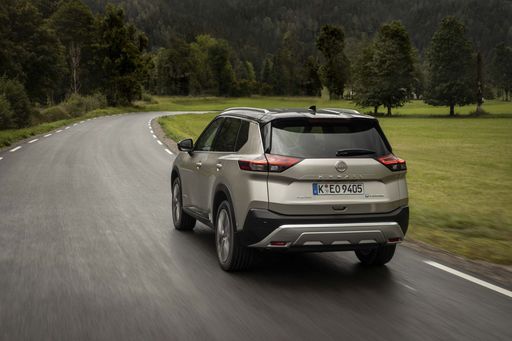 @ germany.nissannews.com
@ germany.nissannews.com
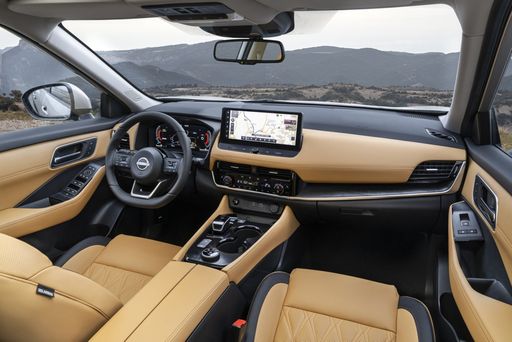 @ germany.nissannews.com
@ germany.nissannews.com
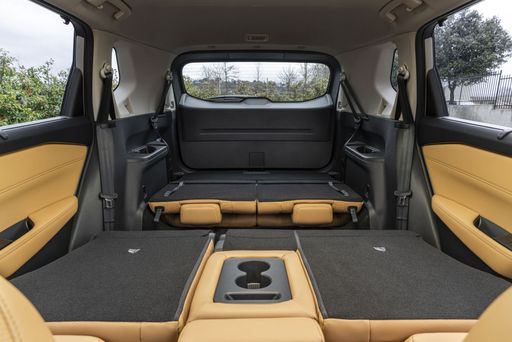 @ germany.nissannews.com
@ germany.nissannews.com
Land Rover Range Rover Evoque
The Land Rover Range Rover Evoque combines refined luxury with robust off-road capabilities. Its sleek design and high-quality interior materials create an elegant yet comfortable driving experience. Advanced technology features and superior handling make it a versatile choice for both city and countryside adventures.
details @ media.landrover.com
@ media.landrover.com
 @ media.landrover.com
@ media.landrover.com
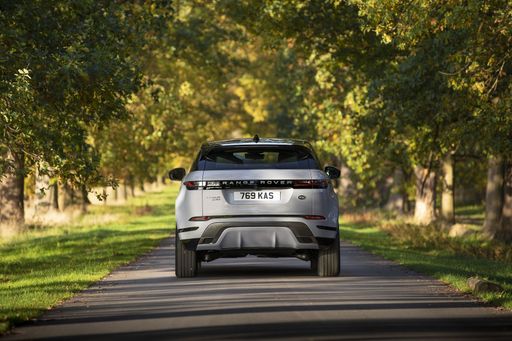 @ media.landrover.com
@ media.landrover.com
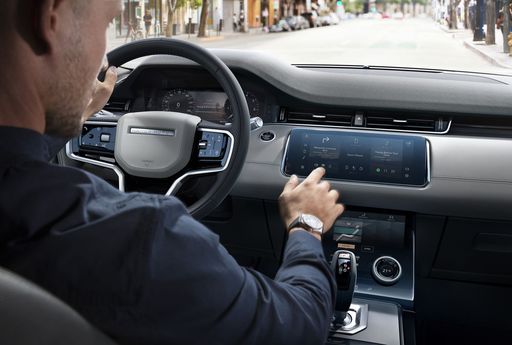 @ media.landrover.com
@ media.landrover.com

|

|
|
|
|
Costs and Consumption |
|
|---|---|
|
Price
34000 - 50400 £
|
Price
43300 - 64800 £
|
|
Consumption L/100km
5.7 - 6.9 L
|
Consumption L/100km
3.7 - 7.8 L
|
|
Consumption kWh/100km
-
|
Consumption kWh/100km
-
|
|
Electric Range
-
|
Electric Range
60 km
|
|
Battery Capacity
-
|
Battery Capacity
11.50 kWh
|
|
co2
131 - 161 g/km
|
co2
85 - 177 g/km
|
|
Fuel tank capacity
55 L
|
Fuel tank capacity
57 - 67 L
|
Dimensions and Body |
|
|---|---|
|
Body Type
SUV
|
Body Type
SUV
|
|
Seats
5 - 7
|
Seats
5
|
|
Doors
5
|
Doors
5
|
|
Curb weight
1668 - 1961 kg
|
Curb weight
1792 - 2157 kg
|
|
Trunk capacity
177 - 585 L
|
Trunk capacity
472 L
|
|
Length
4680 mm
|
Length
4371 mm
|
|
Width
1840 mm
|
Width
1900 mm
|
|
Height
1720 mm
|
Height
1649 mm
|
|
Max trunk capacity
1396 - 1424 L
|
Max trunk capacity
1156 L
|
|
Payload
432 - 574 kg
|
Payload
503 - 600 kg
|
Engine and Performance |
|
|---|---|
|
Engine Type
Petrol MHEV, Full Hybrid
|
Engine Type
Petrol MHEV, Diesel MHEV, Plugin Hybrid
|
|
Transmission
Automatic
|
Transmission
Manuel, Automatic
|
|
Transmission Detail
CVT, Reduction Gearbox
|
Transmission Detail
Manual Gearbox, Automatic Gearbox
|
|
Drive Type
Front-Wheel Drive, All-Wheel Drive
|
Drive Type
Front-Wheel Drive, All-Wheel Drive
|
|
Power HP
163 - 213 HP
|
Power HP
160 - 269 HP
|
|
Acceleration 0-100km/h
7 - 9.6 s
|
Acceleration 0-100km/h
7.2 - 10.3 s
|
|
Max Speed
170 - 200 km/h
|
Max Speed
190 - 213 km/h
|
|
Torque
300 - 525 Nm
|
Torque
260 - 540 Nm
|
|
Number of Cylinders
3
|
Number of Cylinders
3 - 4
|
|
Power kW
120 - 157 kW
|
Power kW
118 - 198 kW
|
|
Engine capacity
1497 cm3
|
Engine capacity
1498 - 1998 cm3
|
General |
|
|---|---|
|
Model Year
2024
|
Model Year
2025
|
|
CO2 Efficiency Class
F, D, E
|
CO2 Efficiency Class
G, F, B
|
|
Brand
Nissan
|
Brand
Land Rover
|
Is the Nissan X-Trail offered with different drivetrains?
The Nissan X-Trail is offered with Front-Wheel Drive or All-Wheel Drive.
The prices and data displayed are estimates based on German list prices and may vary by country. This information is not legally binding.
